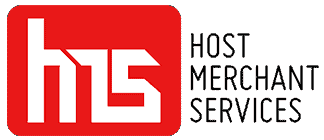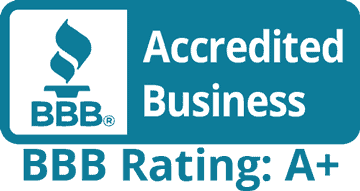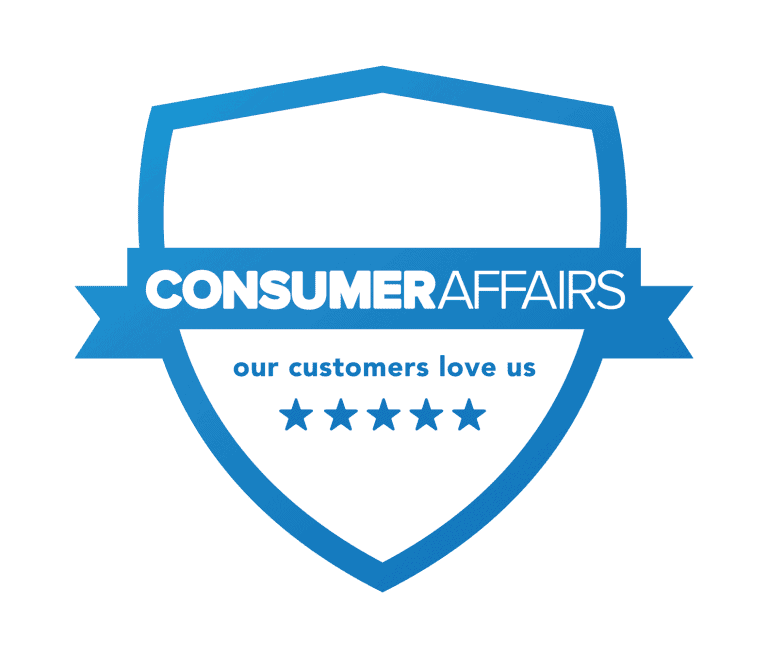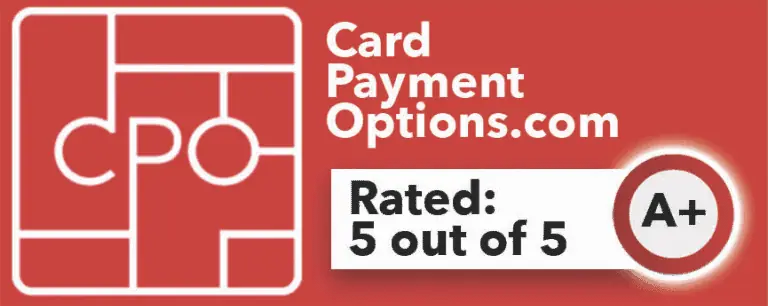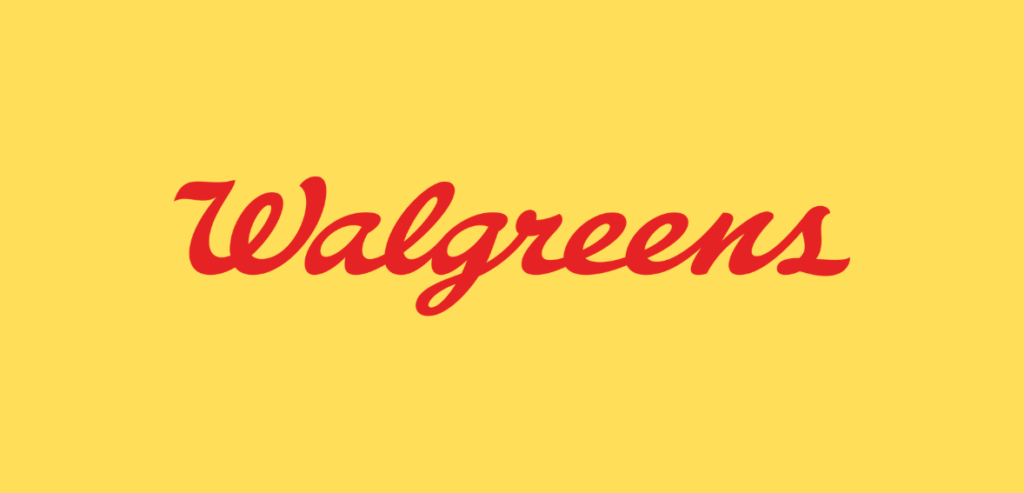Merchant Services and Credit Card Processing Done Right Get the payment processing solution that fits your business
Host Merchant Services (HMS) is a payment processing company that provides credit card and electronic payment processing services to merchants. We provide merchant services payment systems for all businesses. Get a credit card processing system customized for mobile payments, point of sale, e-commerce credit card processing, EMV terminals, and more. We will greatly reduce your merchant services fees while substantially improving the customer service you receive. Browse a credit card processing type below or submit any contact form, and a merchant services payment specialist will reach out to start building a relationship.

Retail Processing
Simple, low-cost, in-person credit/debit card processing with or without a POS.

Restaurant Processing
Restaurant processing through a POS, terminal, or mobile device.

Ecommerce Processing
Accept credit and debit card payments on your online store.

Mobile Processing
Process anywhere, with or without service on a plethora of devices.
Don't see your industry? From medical and construction to veterinary and automotive, we have a merchant services solution for all of your credit card processing needs. Click on Merchants in the Menu to find your industry, or contact us to find out about credit card processing terminals, point of sale, mobile payments, and solutions for every business type!
Get Your FREE Merchant Services Account Review and Quote!
Or Call us! 877-517-HOST (4678)
Merchant Services Made For You
We provide merchants of all types with payment processing and point of sale systems. We use straightforward pricing, no cancellation fees, and fantastic customer service making us the last merchant services company you will ever want.
-
No Cancellation Fees
Our excellent customer service and low rates retain customers, not termination fees. Cancel anytime but we bet you won't want to.
-
No Up-Front or Hidden Fees
No setup fees and no hidden charges. Just the lowest merchant services rates available.
-
Free Equipment Program
Qualify for a free EMV compliant mobile swiper or terminal with a merchant account.
-
24x7x365 Customer Service
We are always here for you with access to industry-leading customer service 24 hours a day – 7 days a week – 365 days a year.
-
Lifetime Rates
Experience the freedom of locked-in credit card processing rates that won't increase over time.
-
Business Tools
Get more for your business with Host Merchant Business Solutions – from websites and email to customer analytics and more.
-
Payment Processing
Accept all credit and debit cards at your business with the lowest transaction rates on the market with your Host Merchant account.
-
Point Of Sale
We offer the latest POS systems including Clover POS, Vital POS, SwipeSimple, and more. From retail to restaurants and everything in-between.
Founded On Fantastic Service
Host Merchant Services was founded in 2010 and was structured around a strong backbone of customer service. 11 years and thousands of happy merchants later, customer service is still our number one priority. In fact, our merchant support team is 4x larger than our sales team! We don’t believe in hold queues either, so you’ll never have to wait in line. When you’re with Host you’ll get first-class treatment!

Top-Rated Merchant Services What Our Clients Are Saying
Our merchants love us and it shows. We are top-rated in the Better Business Bureau, Consumer Affairs, and Card Payment Options. Our #1 priority is merchant satisfaction! Find out why we are the top rated credit card processor in the world!
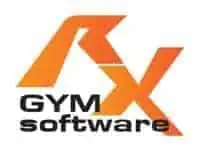
“Host Merchant Services has been an excellent partner for enabling credit card processing services in our gym software. They are a great fit because, in addition to providing technical support for our software integration, they match our focus of providing excellent customer service and cost savings for the gyms that use our software.”
– Mike Spencer, RX Gym Software
Integrate Payment Processing Into Your Software
You’ve created an app but need to integrate payment processing. You’ve come to the right place! We offer custom direct integrations with an easy-to-use API and a broad range of terminal solutions. We specialize in helping ISVs and SaaS providers integrate payments seamlessly into their software.
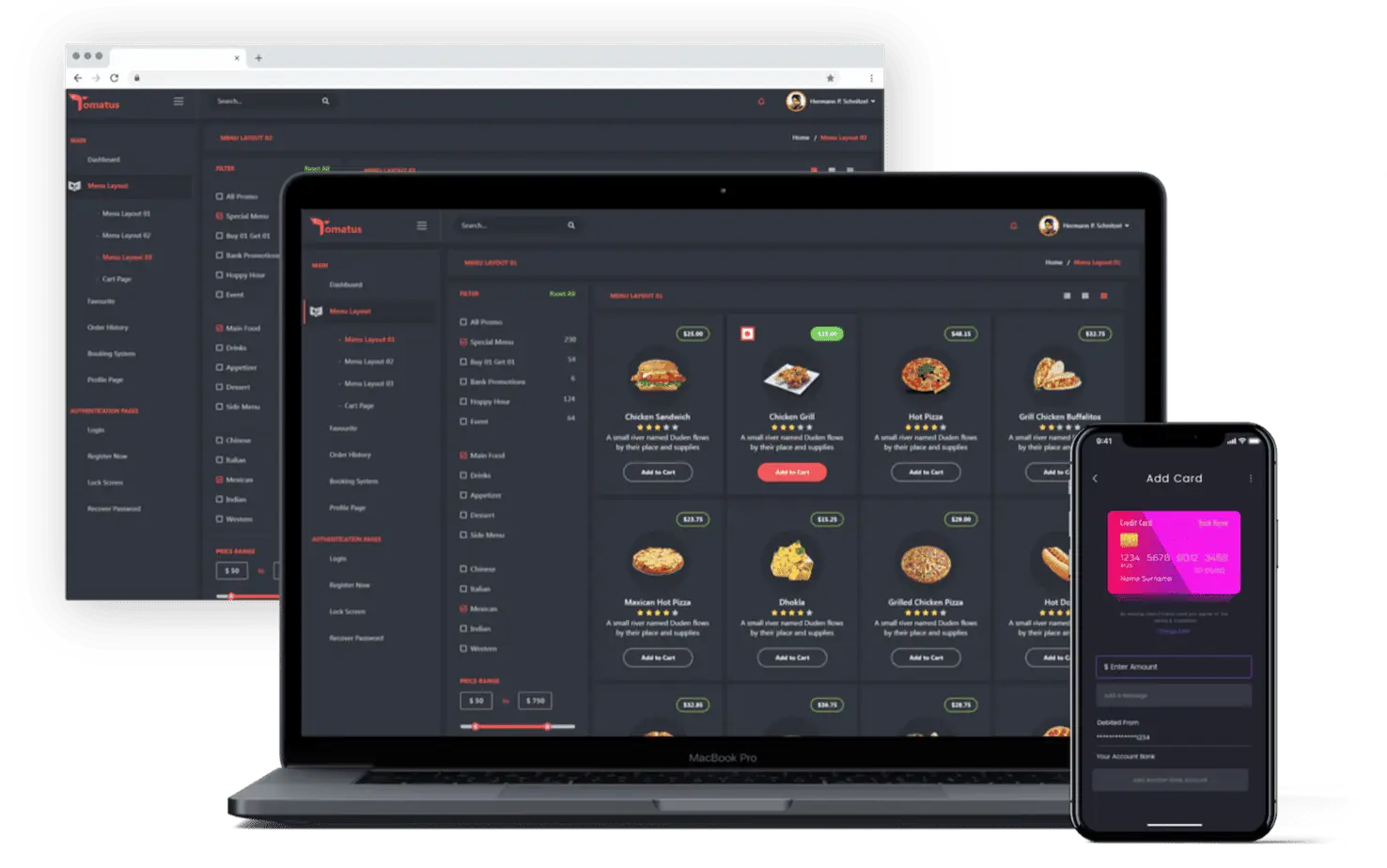
Merchant Services And Credit Card Processing News
Walgreens Planning Store Closures and Laying off Hundreds
Walgreens has yet again announced layoffs of hundreds of employees across two states. The company plans to downsize its branches as part of its cost-cutting…
Top Point-of-Sale Trends for 2024
The point-of-sale (POS) system has evolved into an indispensable tool for retailers, far surpassing its original function of simply processing sales. Today, POS systems integrate…
Essential Processes to Support a Growing Business
Sustaining and expanding your business involves both creativity and systematic planning. In the initial stages, when working alone or with a small team, it’s common…
Let's Get Started
Not sure where to start? Call us or click Get Started below and our merchant services experts will guide you to the perfect solution that meets your needs.
